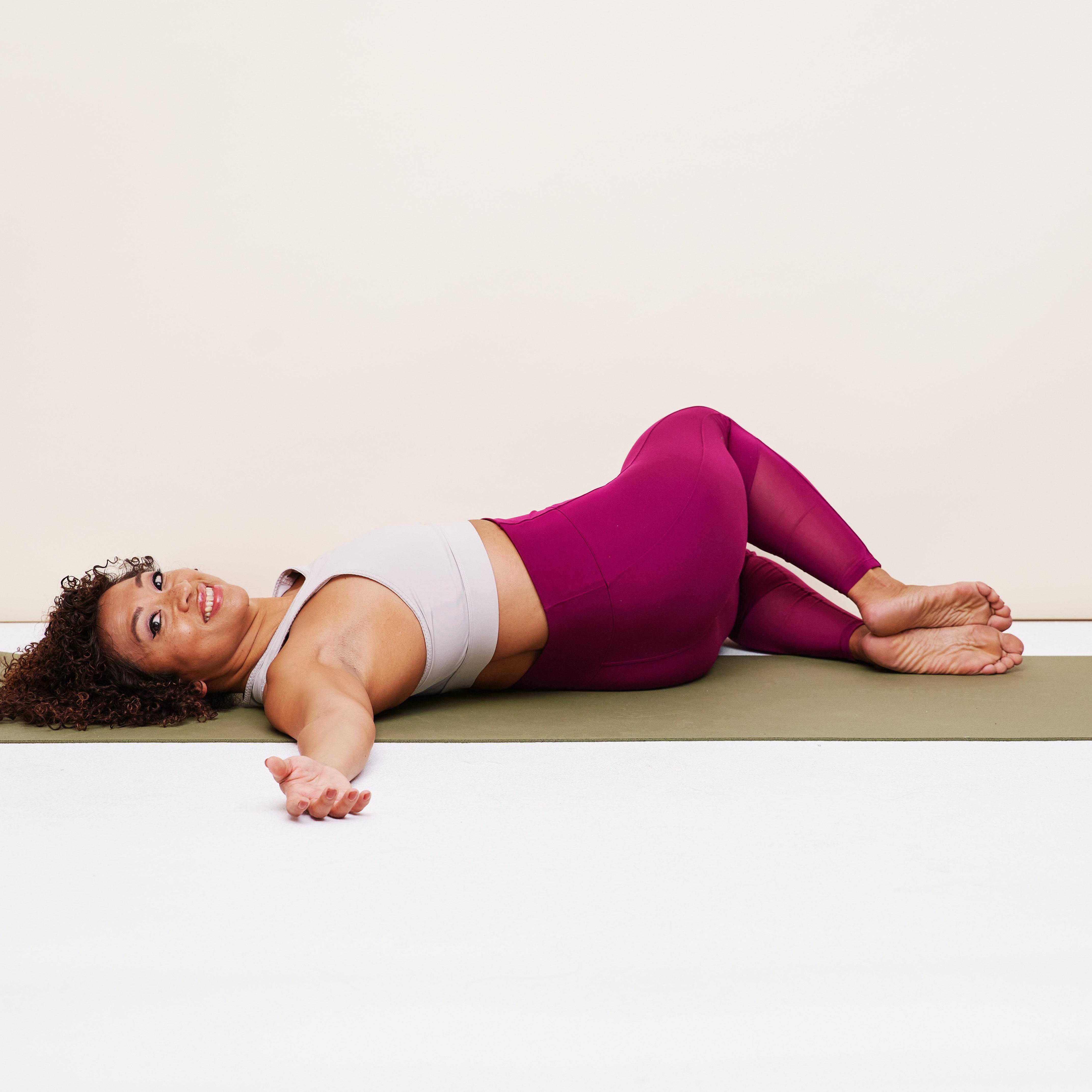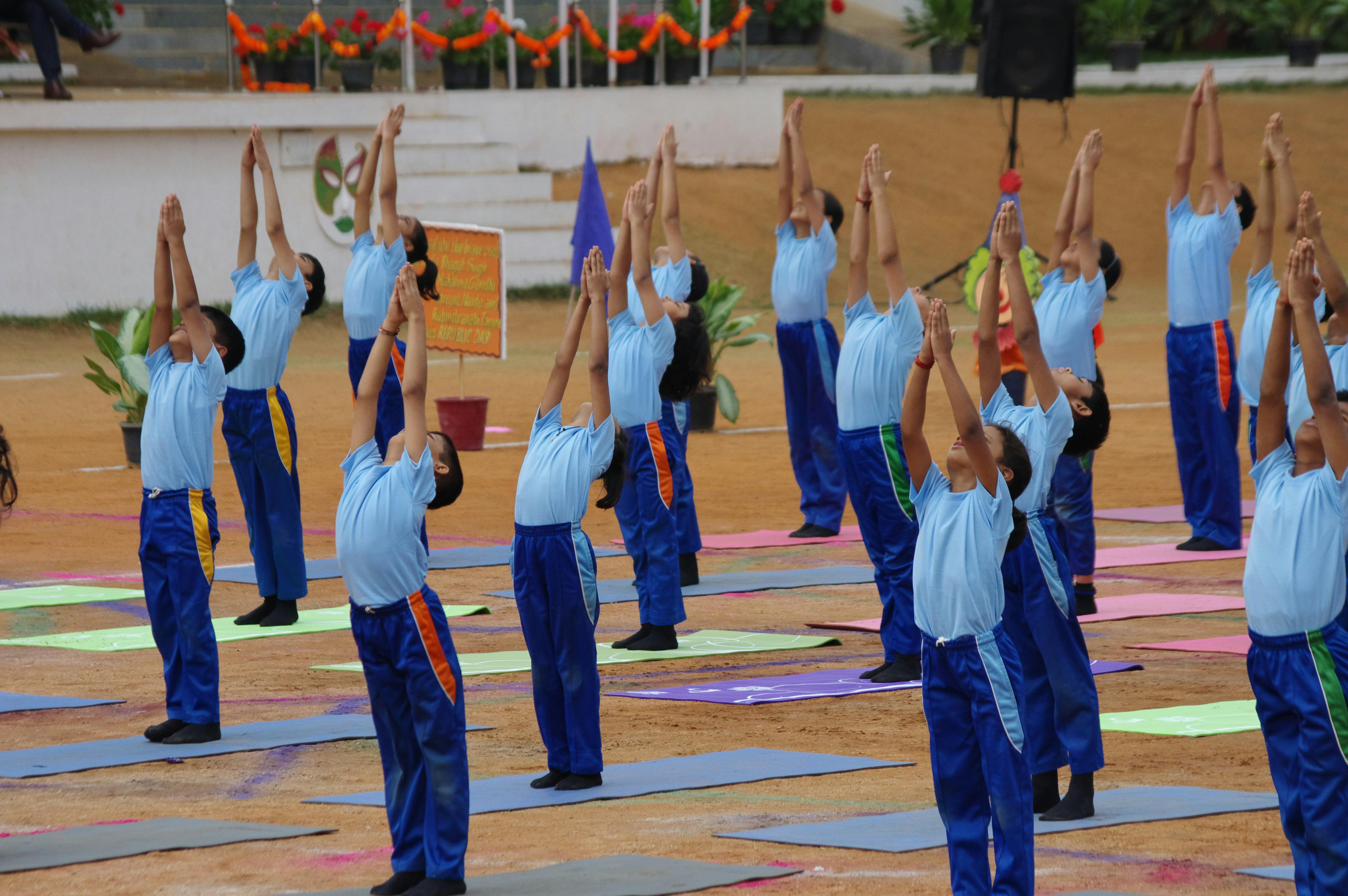In the quiet moments before dawn, a dancer unfurls her limbs in a series of fluid movements, each stretch a silent dialogue between body and mind. Across the globe, a seasoned yogi greets the sunrise with a gentle sequence, balancing on one leg with the grace of a swan gliding across a serene lake. These scenes, seemingly disparate, are connected by a fundamental truth: the profound impact of stretching on balance and coordination. While often overlooked in the grand tapestry of physical fitness, stretching is the unsung hero that weaves together strength, flexibility, and agility. This article delves into the subtle yet significant role that stretching plays in enhancing our ability to move with poise and precision, exploring the science behind its benefits and offering insights into how simple stretches can transform the way we navigate the world around us.
Enhancing Stability Through Flexibility
Incorporating stretching into your daily routine not only enhances flexibility but also plays a pivotal role in improving balance and coordination. This is because stretching helps in aligning your muscles and joints, ensuring that they move in harmony with each other. By consistently engaging in a variety of stretches, you are effectively training your body to maintain stability even in challenging positions. This translates into better control over your movements, reducing the risk of falls and injuries.
- Increased Range of Motion: Stretching elongates the muscles, allowing for greater flexibility and a wider range of motion, which is essential for maintaining balance.
- Muscle Synchronization: When muscles are flexible, they can work together more effectively, enhancing coordination and preventing awkward movements.
- Improved Proprioception: Stretching exercises boost proprioception, which is your body’s ability to sense its position in space, a crucial component for balance.
By making stretching a regular part of your fitness regimen, you’re not just enhancing your flexibility but also fortifying your body’s ability to remain steady and coordinated. This holistic approach to fitness ensures that your body can adapt to various physical demands with grace and stability.
The Science Behind Stretching and Coordination
At the core of enhanced physical coordination and balance lies the intricate science of stretching. Stretching, often overlooked as a mere warm-up routine, plays a pivotal role in aligning the body’s musculoskeletal system. By engaging in regular stretching exercises, you are not just elongating your muscles but also improving the neuromuscular communication. This communication ensures that your brain sends the right signals to your muscles, enhancing overall movement efficiency.
- Enhanced Flexibility: Regular stretching increases the range of motion, reducing the risk of injuries.
- Improved Blood Circulation: Stretching boosts blood flow to muscles, ensuring they receive adequate oxygen and nutrients.
- Better Posture: It helps in correcting muscle imbalances, leading to improved posture.
- Stress Relief: Stretching can alleviate tension, leading to a more relaxed state, which indirectly improves coordination.
Incorporating stretching into your daily routine not only fortifies the body’s equilibrium but also sharpens your reflexes. This is because stretching activates the proprioceptors, sensors in the muscles and joints that provide information about body position and movement. With these sensors more attuned, the body’s response time improves, leading to a harmonious balance and coordination that feels almost instinctual.

Daily Stretching Routines for Improved Balance
Integrating a daily stretching routine into your lifestyle can significantly enhance your balance and coordination. This practice doesn’t just involve flexibility; it plays a crucial role in aligning your body’s posture and enhancing your proprioception—the body’s ability to perceive its position in space. As you stretch, you engage and strengthen the stabilizing muscles that support your body’s equilibrium. By focusing on these muscles, you foster a stronger connection between your body and mind, which is essential for maintaining balance.
Consider incorporating these key stretches into your daily routine to improve balance and coordination:
- Standing Quad Stretch: This stretch targets your quadriceps and enhances your ability to stabilize on one leg.
- Calf Stretch: Loosening your calf muscles helps in maintaining a solid foundation when standing or moving.
- Hamstring Stretch: By stretching your hamstrings, you increase flexibility in your hips, which is vital for balance.
- Hip Flexor Stretch: Opening up your hip flexors allows for greater range of motion and control over your body’s center of gravity.
Incorporate these stretches into your routine and experience a newfound stability in your movements. With consistent practice, you’ll notice an improvement in your overall balance and coordination.

Incorporating Stretching into Your Fitness Regimen
Stretching is not just an add-on to your workout routine; it’s a pivotal element that enhances your body’s overall performance. By integrating stretching exercises, you can significantly improve your balance and coordination, leading to better execution of various physical activities. This improvement stems from the way stretching increases the flexibility of muscles and joints, allowing for a broader range of motion. With this increased flexibility, your body can adjust more efficiently to shifts in weight and movement, ultimately enhancing stability and coordination.
- Enhances Proprioception: Stretching stimulates proprioceptors in muscles, improving your awareness of body positioning and movement.
- Improves Neuromuscular Efficiency: Regular stretching can refine the communication between your nervous system and muscles, fostering smoother, more coordinated movements.
- Prevents Injury: Flexible muscles are less prone to strains, which helps maintain balance and prevent falls.
Incorporating a variety of stretches—such as dynamic stretches before workouts and static stretches afterward—can cater to different muscle groups, ensuring comprehensive development. By prioritizing stretching, you invest in a body that’s not only more resilient but also more capable of graceful and controlled movements.
